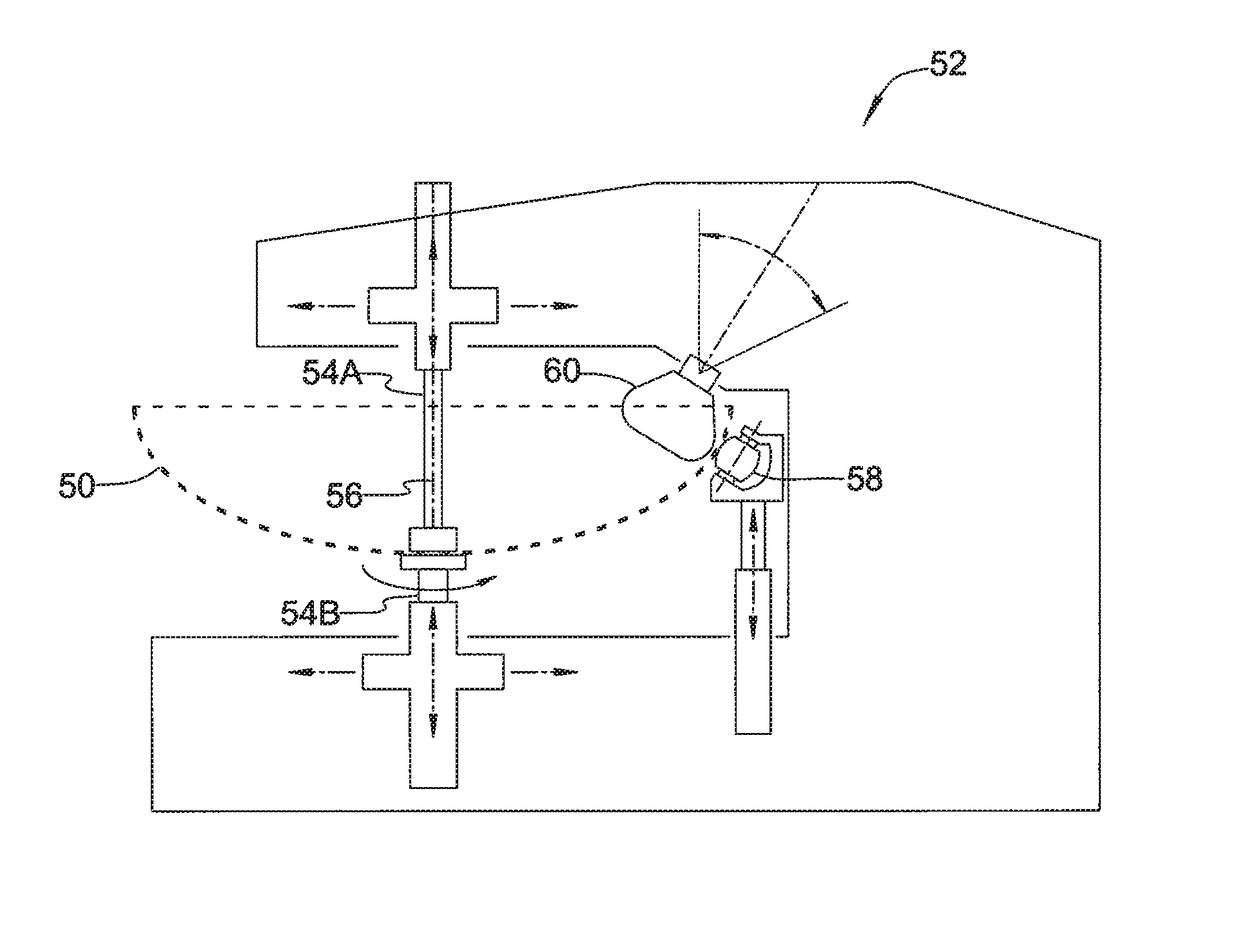Cold-formed tank head for railroad tank car
a tank car and cold-formed technology, applied in the field of cold-formed tank car head for railroad tank car, can solve the problems of multiple tank car fire and explosion near the town center, high equipment cost and time consumption, and achieve the effect of easy adaptability
- Summary
- Abstract
- Description
- Claims
- Application Information
AI Technical Summary
Benefits of technology
Problems solved by technology
Method used
Image
Examples
Embodiment Construction
[0031]FIG. 1 generally illustrates a method 10 of manufacturing an ellipsoidal head for a railroad tank car in accordance with an embodiment of the present invention. The method described herein may be used to produce tank car heads for DOT / TC Pressure Cars (Class DOT / TC-105, 112, 114 &120 tank cars). Heads for these tank car classifications are currently produced using a hot forming and normalizing process described above in the Background of the Invention section.
[0032]As an initial step indicated at block 12, a circular blank of steel plate material is provided. The circular blank, shown in FIGS. 2 and 3 and identified by reference numeral 30, may be cut from flat plate stock material using a plasma cutter, laser cutter, or other steel cutting technology. Circular blank 30 may be cut from ASTM TC128, Grade B, normalized steel plate, a grade intended for usage in railroad tank car fabrication (this is the only grade approved in North America and Europe for usage in railroad tank c...
PUM
| Property | Measurement | Unit |
|---|---|---|
| temperature | aaaaa | aaaaa |
| temperature | aaaaa | aaaaa |
| temperature | aaaaa | aaaaa |
Abstract
Description
Claims
Application Information
 Login to View More
Login to View More - R&D Engineer
- R&D Manager
- IP Professional
- Industry Leading Data Capabilities
- Powerful AI technology
- Patent DNA Extraction
Browse by: Latest US Patents, China's latest patents, Technical Efficacy Thesaurus, Application Domain, Technology Topic, Popular Technical Reports.
© 2024 PatSnap. All rights reserved.Legal|Privacy policy|Modern Slavery Act Transparency Statement|Sitemap|About US| Contact US: help@patsnap.com










